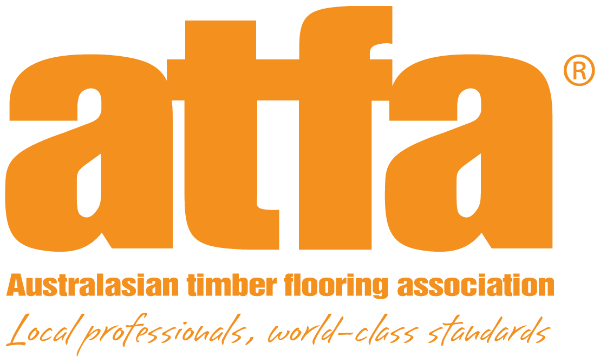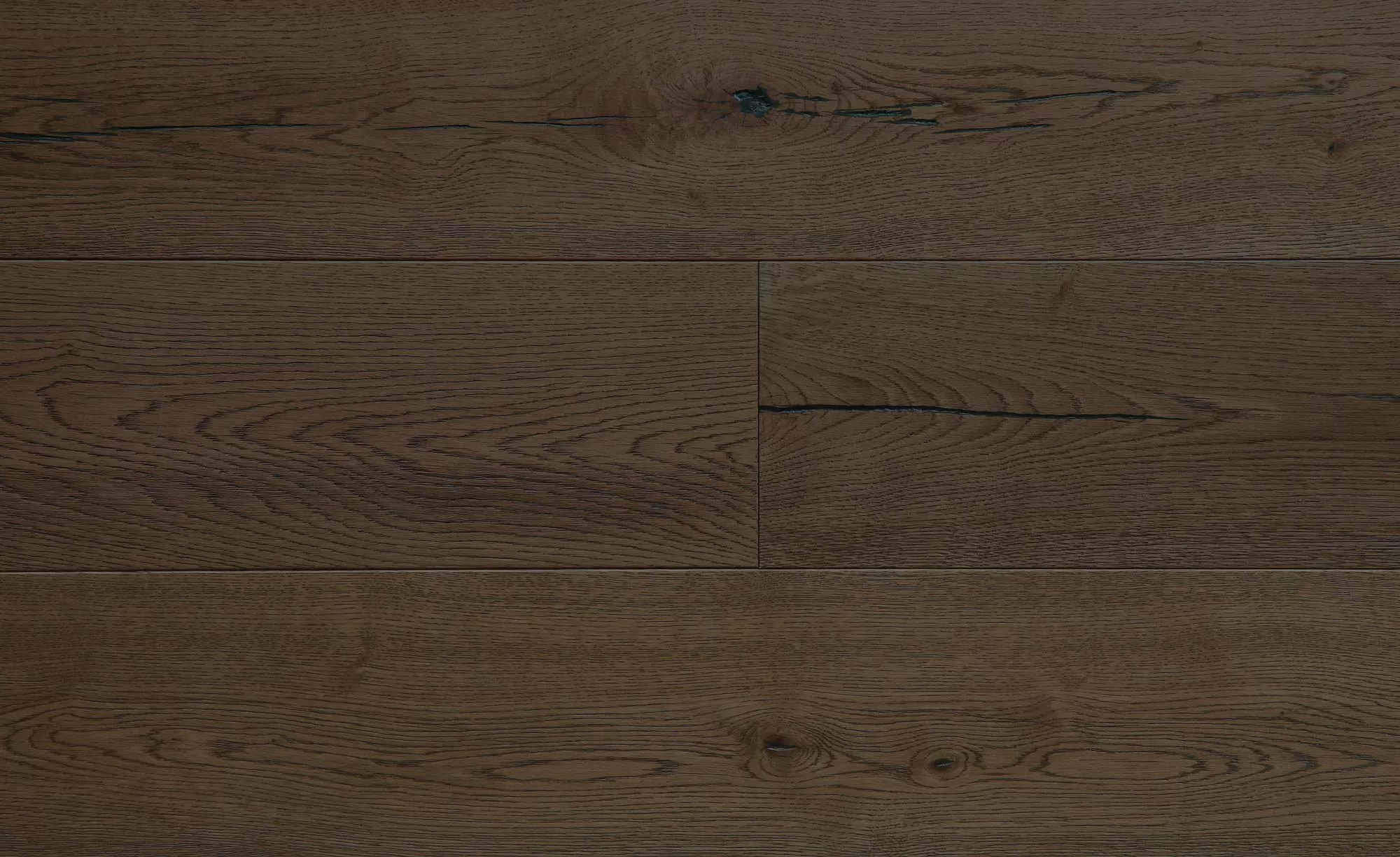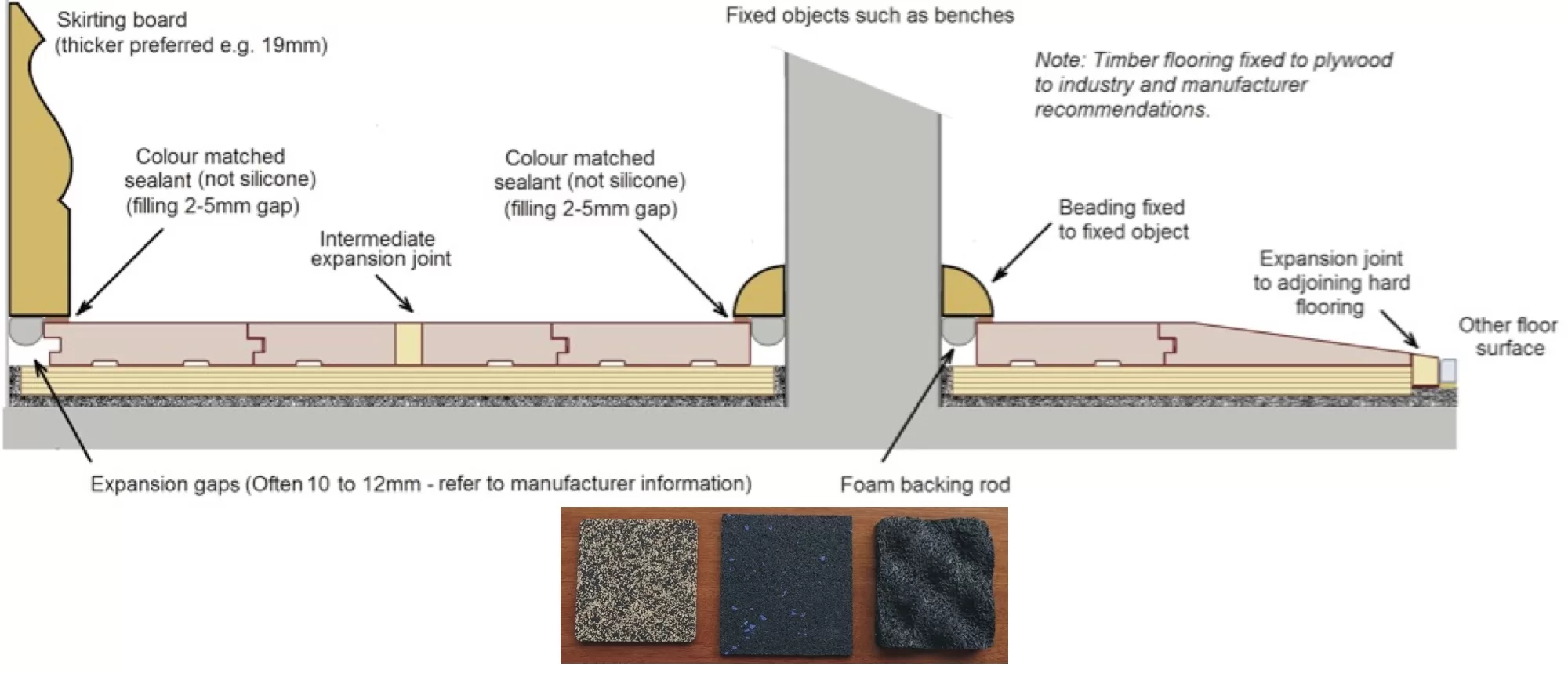There are two types of noise: high frequency and low frequency. Low frequency noise can be mitigated using acoustics.
High frequency noise comes from sources such as telephones, music systems, televisions and people talking. This type of noise is generally mitigated by the mass of the floor system itself (concrete slab, timber flooring etc.).
Low frequency is generated by foot fall noise, subwoofers in sound systems etc. This type of noise tends to vibrate the whole structure, slab and walls and is more difficult to manage. The slab depth, floor separation, walls, skirting and other adjoining hard surfaces such as tiles can have an impact on this type of noise and its transmission.
Shock absorbing acoustic underlays play an important role in reducing low frequency noise transmission to an acceptable level.
Supporting legislation
Sound is measured in Decibels (dB). The International Standard ISO 717-2 is used to assess the noise transmission through a floor into a room below. When tests are being undertaken, the Weighted Standardised Impact Sound Pressure Level (WSISPL) provides a single figure on which to assess the noise transmission.
The NCC requires the WSISPL to be no more than 62 dB for floors separating dwellings. This provides industry with a number to work to and with selected systems this is easily achieved. For comparative purposes, carpet will generally achieve an WSISPL of about 40 dB and for bare concrete with a 175 mm slab, the WSISPL will be about 70 dB.
You must also consider the Strata Schemes Management Act. This act permits an apartment block to have its own set of by-laws which owners must comply to and is quite often a lot lower than the NCC requirements.
Some councils are requiring separating floors in apartment blocks to have WSISPL of 40 to 50 dB. This is still quite achievable with timber floor systems, however greater consideration is needed of the overall system to provide greater attenuation. Note that higher levels of attenuation are generally subject to higher system costs.
One association active in building acoustics is the Association of Australian Acoustical Consultants (AAAC) and they have guidelines for rating apartment and townhouse acoustics available from their website (www.aaac.org.au).
System and product choice
In the market there are many products and many systems which range from thin foam underlays, applied products that provide acoustic benefits and various shapes and thicknesses of rubber-based underlays. Some are applicable to floating floor installations while others are for stick down applications.
Testing your selected system can be expensive, but should be done to ensure you comply with both Government and Body Corporate requirements. Remember, what you did on your last project won’t necessarily comply on this one.
The subfloor is just as important a consideration in a high-rise as it is on a low-rise. Refer to our Concrete Newsletter 005 to ensure the slab is to the required tolerances.
Portions of this newsletter reproduced with permission from



